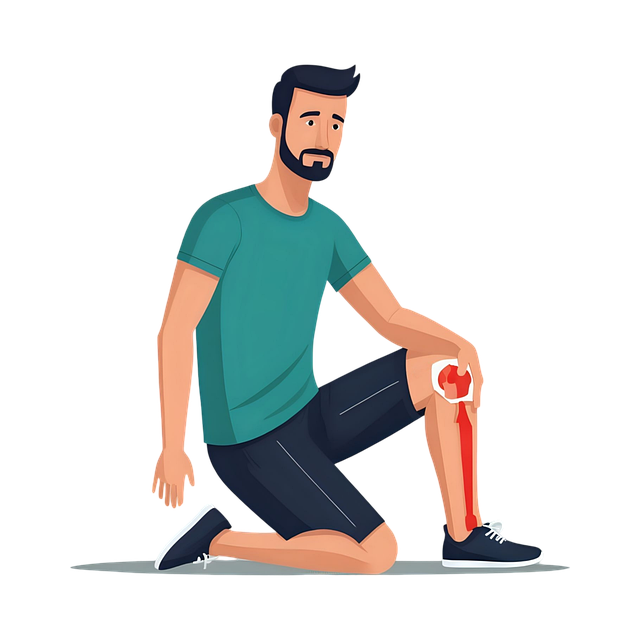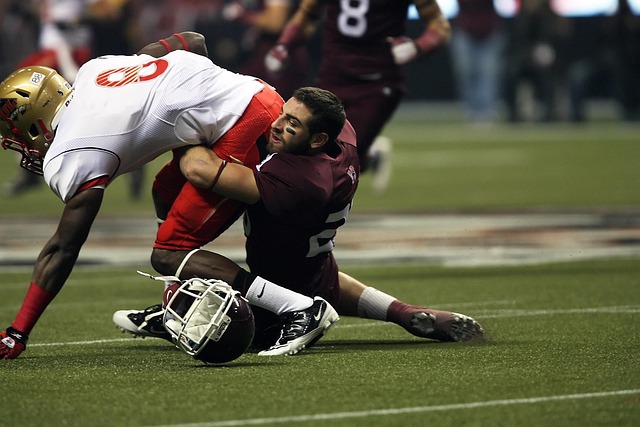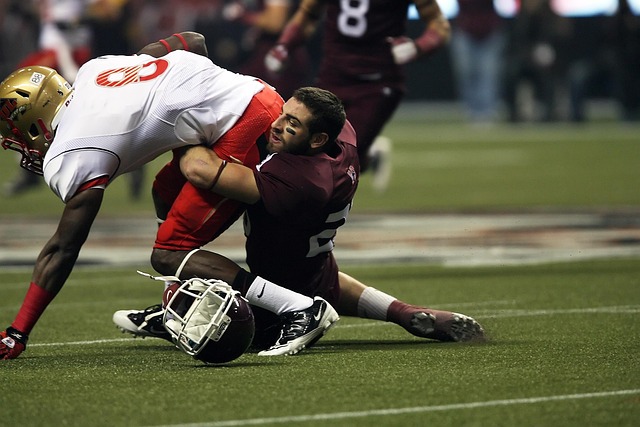Chiropractors provide effective chiropractic support for muscle spasms caused by motor vehicle accidents (MVA). Through specialized assessments and non-invasive techniques like adjustments, they target spasms resulting from protective mechanisms or tissue damage. These methods alleviate pain, stiffness, and limited mobility, promoting healing and enhancing recovery. Chiropractors also educate patients on injury prevention through posture, ergonomy, and stress management, aiming to restore physical well-being and reduce the risk of chronic conditions post-trauma.
Trauma-induced muscle spasms are a common aftermath of motor vehicle accidents, causing significant discomfort and affecting daily activities. This article explores the impact of such spasms and highlights how chiropractic support can be a game-changer in post-accident recovery. We delve into understanding the mechanisms behind these spasms and their relationship with car crashes, then examine the role of chiropractic care in managing them effectively. Discover the techniques and benefits of this natural approach to long-term muscle spaam relief.
- Understanding Trauma-Induced Muscle Spasms: A Common Consequence of Motor Vehicle Accidents
- The Role of Chiropractic Care in Managing and Relieving Muscle Spasms Post-Accident
- Effective Chiropractic Support: Techniques and Benefits for Long-Term Recovery
Understanding Trauma-Induced Muscle Spasms: A Common Consequence of Motor Vehicle Accidents

Trauma-induced muscle spasms are a common and often under-recognized symptom following motor vehicle accidents (MVA). When a person is involved in an MVA, their body experiences a sudden and intense force, which can lead to various physical injuries. One of the less discussed but significant consequences is muscle spasms, which can develop as a protective mechanism or as a result of tissue damage. These spasms are involuntary contractions that can cause pain, stiffness, and limited range of motion in affected muscles and joints.
Chiropractic support plays a crucial role in managing motor vehicle accident-related muscle spasms. Chiropractors are trained to assess and diagnose these issues, often identifying areas of tension and restriction within the musculoskeletal system. Chiropractic adjustments, combined with other therapeutic techniques, can help alleviate muscle spasms by reducing nerve irritation, improving joint mobility, and promoting overall healing. This non-invasive approach not only provides relief from acute symptoms but also contributes to a faster recovery process, ensuring individuals affected by MVAs can regain their physical well-being and mobility.
The Role of Chiropractic Care in Managing and Relieving Muscle Spasms Post-Accident

Chiropractic care plays a significant role in managing and alleviating muscle spasms that often occur as a result of trauma, especially after motor vehicle accidents. Chiropractic practitioners are experts in diagnosing and treating musculoskeletal disorders, including those caused by sudden impacts and injuries. When a patient presents with muscle spasms post-accident, chiropractors employ various non-invasive techniques to provide chiropractic support.
One of the primary goals is to reduce nerve irritation and improve blood flow to affected muscles. Chiropractors use manual adjustments and targeted exercises to relax tight muscles, restore joint mobility, and promote healing. This holistic approach not only relieves acute muscle spasms but also prevents long-term chronic pain, ensuring better recovery for patients who have undergone a traumatic event like a car accident.
Effective Chiropractic Support: Techniques and Benefits for Long-Term Recovery

Chiropractors employ a range of gentle, non-invasive techniques to provide effective chiropractic support for individuals experiencing muscle spasms related to trauma, such as motor vehicle accidents. Adjustments, including spinal manipulation and joint mobilization, are tailored to relieve spasms and improve mobility. These adjustments help reduce inflammation, promote nerve function, and restore the body’s natural alignment, all of which contribute to a smoother recovery process.
Chiropractic care goes beyond immediate relief by focusing on long-term recovery. Chiropractors educate patients on ergonomy, posture, and stress management techniques, empowering them to prevent future muscle spasms. Regular chiropractic check-ups become essential for maintaining overall well-being, ensuring that any subtle misalignments are addressed early on. This proactive approach not only supports the body’s inherent self-healing abilities but also fosters a reduced risk of chronic pain and disability following traumatic events.
Chiropractic care plays a pivotal role in managing and alleviating trauma-induced muscle spasms resulting from motor vehicle accidents. By employing specialized techniques, such as spinal manipulation and soft tissue therapy, chiropractors can effectively reduce pain, improve mobility, and promote long-term recovery for accident survivors. Incorporating chiropractic support early and consistently can significantly enhance the quality of life for individuals dealing with post-accident muscle spasms, ensuring a more comfortable and faster path to healing.














